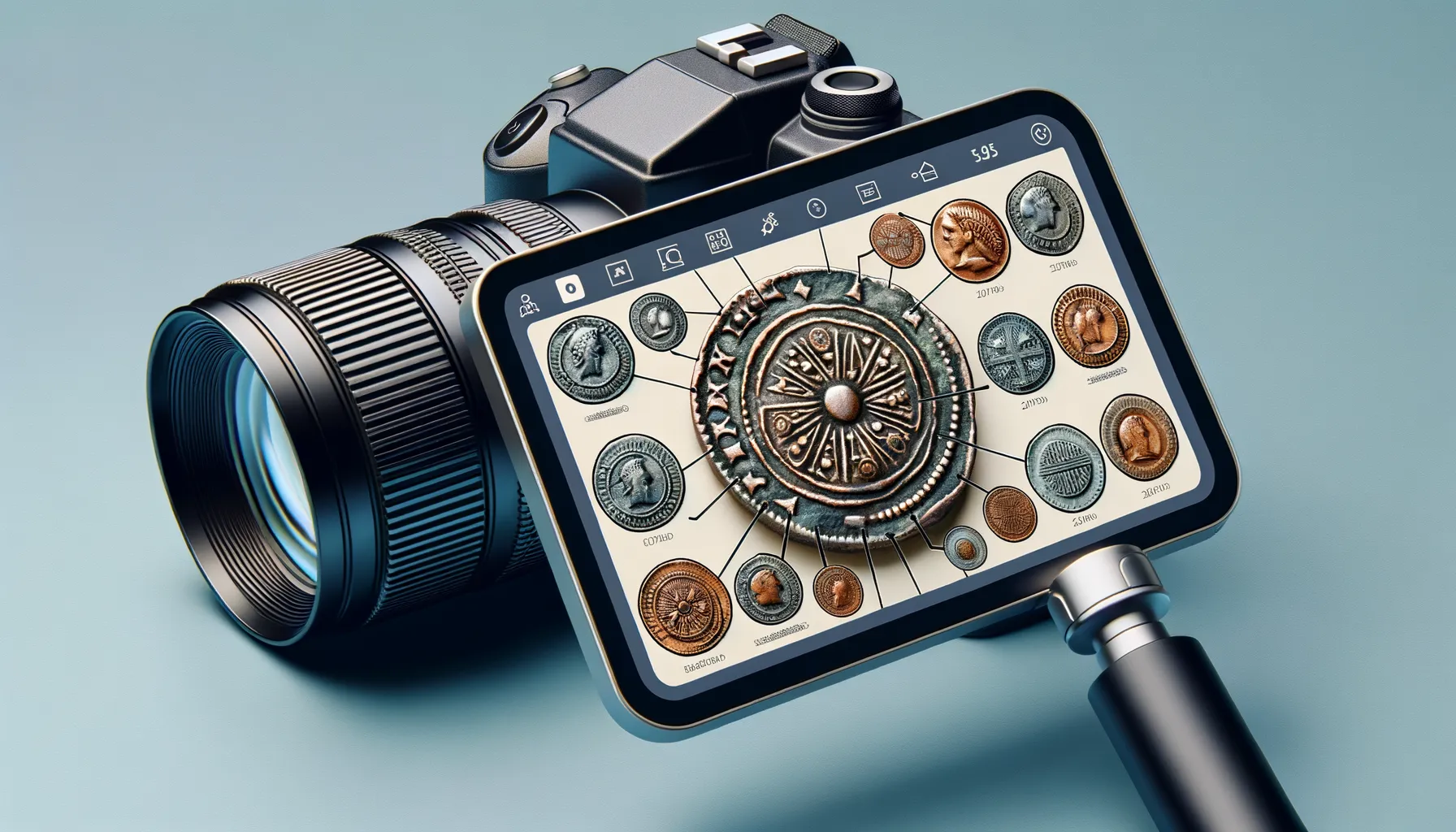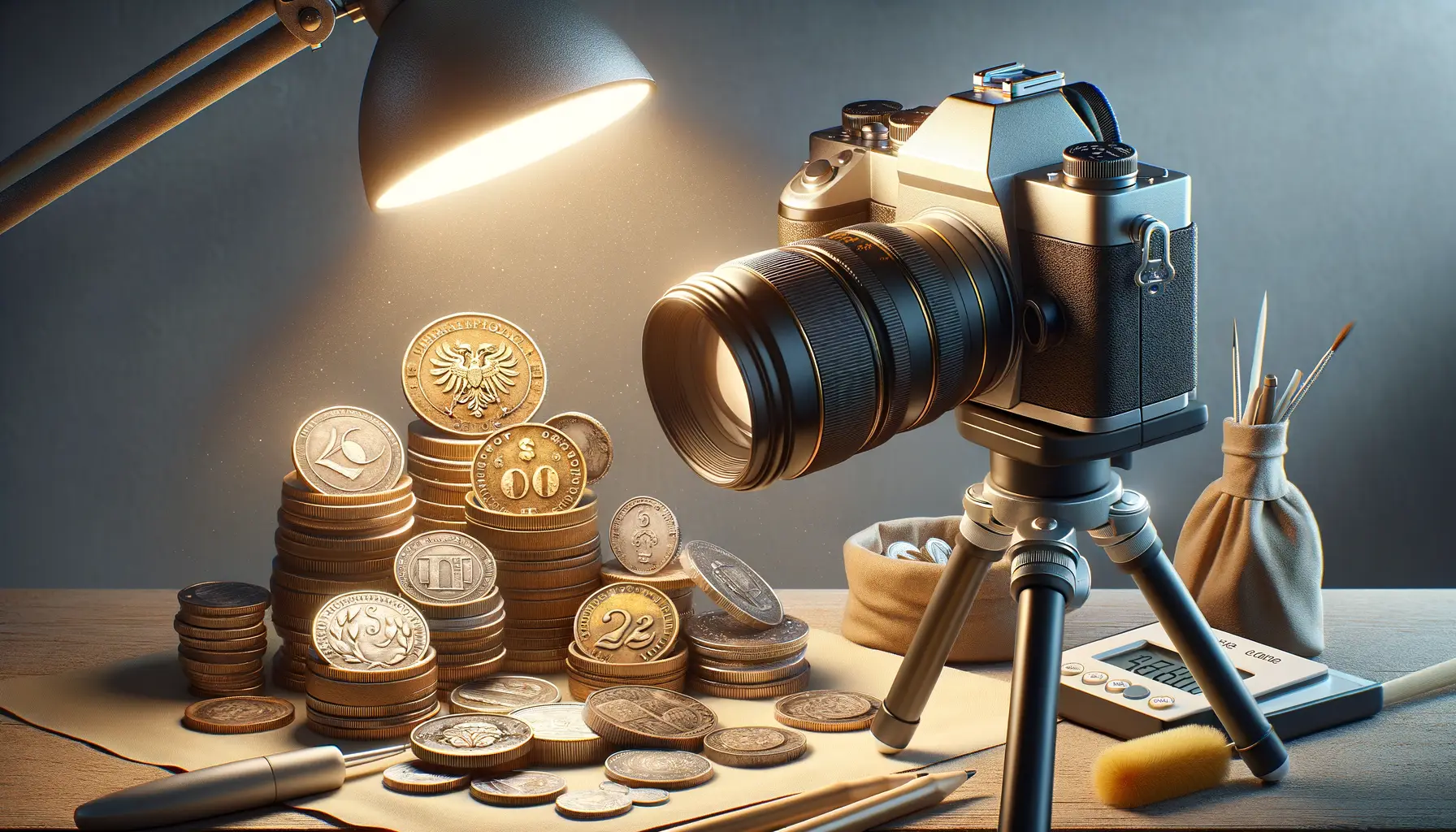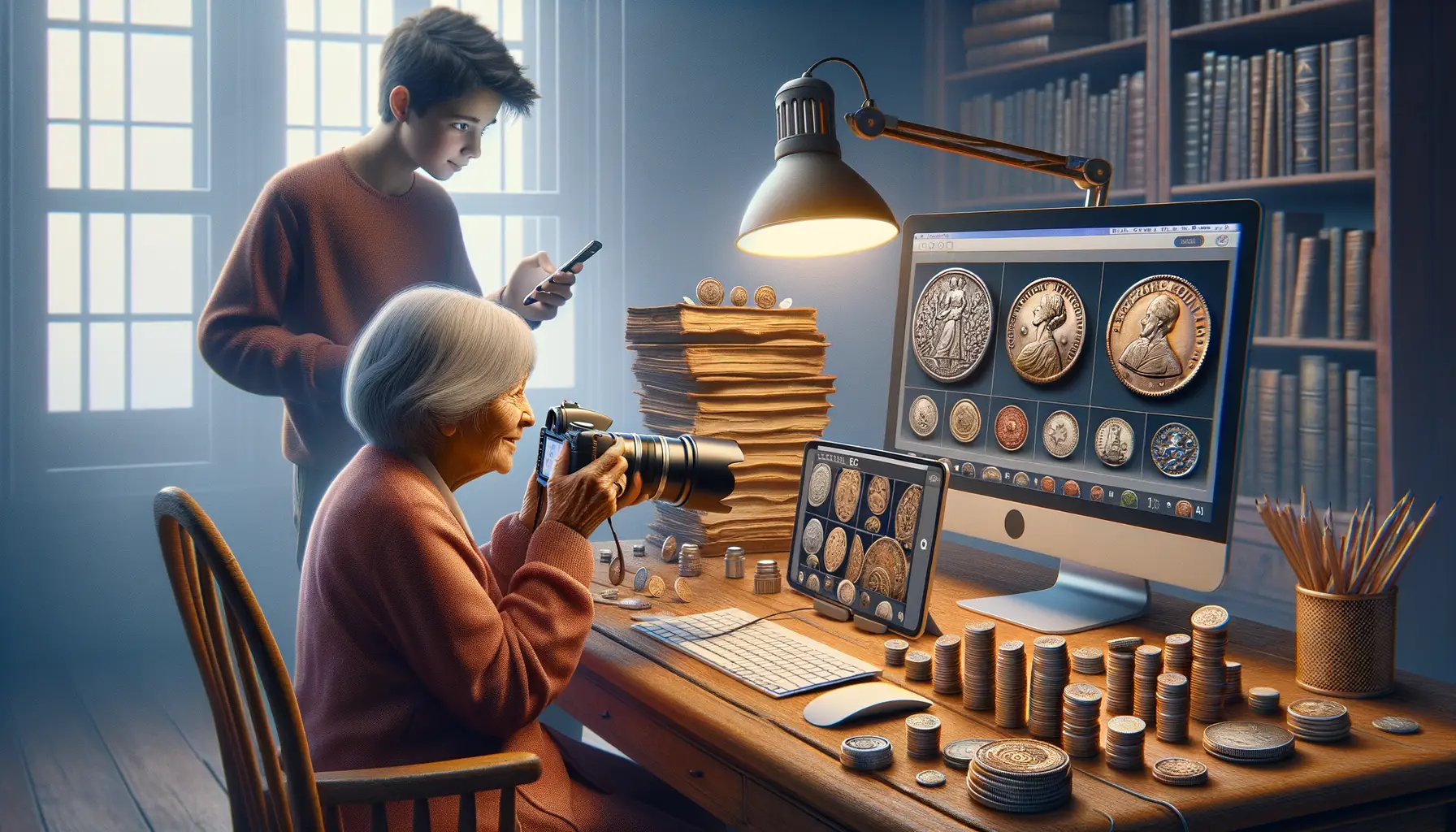Introduction to Digital Photography in Numismatics
Rediscovering Coins Through the Lens
Imagine holding a centuries-old coin, its intricate details whispering secrets of history. Now, imagine capturing those whispers in vivid, crystal-clear images that allow you to relish every engraving, every patina swirl—forever. That’s the magic of **digital photography** in numismatics. It’s not just snapping a picture; it’s creating a bridge between art and history.
With a camera in hand, you’re no longer just a collector—you become both an artist and historian. The tiny inscriptions on a Roman denarius or the delicate shimmer of a rare gold doubloon can transform into works of art under the right light and lens. Ever notice how just the shadow of a coin can make its features look alive? That’s the power you hold with modern photographic tools.
What makes this even better? You don’t need a museum-grade setup to start! Here are some essential tools for any beginner:
- A sturdy tripod (because even the steadiest hands can tremble).
- Soft lighting—LED rings or natural light work wonders for minimizing glare.
- A macro lens or a camera with excellent close-up capabilities to capture those fine details.
Every click of the shutter is like preserving a moment in time, a triumph recorded in your personal archive of treasures.
Benefits of Using Digital Photography for Coin Documentation

Bringing Coins to Life with Digital Photography
Ever tried describing a stunning coin to a friend, only to feel like no words could do it justice? That’s exactly where digital photography works its magic. With just the click of a button, you can capture every intricate swirl, mint mark, and gleaming edge that make your coins so special. Imagine freezing time so that your gold doubloon from 1804 always looks as crisp as the day you found it!
Digital photography doesn’t just preserve beauty—it adds precision. You can zoom in on details barely visible to the naked eye, like subtle die variations or tiny scratches. Collectors often say their camera becomes another “lens of discovery.” And those discoveries? Priceless.
Why Digitally Documenting Coins Is a Game-Changer
Ready for the perks? Here’s why digital photography transforms coin documentation:
- Instant Record-Keeping: Say goodbye to scribbled notes and blurry memories. A quick snapshot gives you an exact visual catalog.
- Effortless Sharing: Whether you’re swapping with fellow enthusiasts or showing off a rare find, high-quality images open doors to connections around the globe.
- Damage-Free Study: Examine every coin detail without needing to handle your treasures—because preserving rarity starts with minimizing contact.
Honestly? If you’re not photographing your collection yet, you’re missing half the joy—and convenience—of being a numismatist.
Techniques and Best Practices for Photographing Coins

Mastering the Art of Lighting for Coin Photography
Getting the lighting right when photographing coins feels like catching lightning in a bottle—challenging, but oh-so-rewarding. Coins are tricky little subjects, with their reflective surfaces and intricate designs. The secret? Controlled, diffused light.
Instead of blasting your coin with direct light (which can create harsh glares), try using a lightbox or placing a soft white sheet over your light source to spread the illumination. Position your coin on a neutral background, like a pale gray or black surface, to make its details pop. And don’t forget about angles: experiment by tilting the coin ever so slightly to catch the light just right. It’s incredible how a small adjustment can reveal every ridge, engraving, and sparkling patina.
If you’re working with high-relief coins loaded with texture, side lighting at a 45-degree angle can bring the design to life—almost like you’re letting the coin tell its story under the spotlight. Oh, and handheld flashlights? Total underdog tools! Use them sparingly if you want to highlight specific areas without overwhelming the whole scene.
- Avoid fluorescent bulbs—they can distort colors.
- Use two light sources from opposite sides to balance reflections.
Camera Setup: Setting Yourself Up for Success
Your camera is more than a gadget—it’s your storytelling companion. Whether you’re snapping shots with a DSLR, smartphone, or something in between, adjusting a few settings can make an enormous difference.
Start by turning off the flash. Trust me, it’s not doing your coins any favors! Instead, depend on natural or steady artificial light (remember the lightbox tip). Set your ISO to as low as possible—like 100 or 200—to minimize grain and capture those razor-sharp coin details. A tripod? Consider it your best friend here. No shaky hands allowed when you’re zooming in on a coin’s micro-details!
Another trick: play with your camera’s aperture settings. Wider apertures (lower f-stops) let in more light, great for darker coins, while smaller apertures (higher f-stops) help keep every surface crisp and in focus. As for smartphones, don’t underestimate them. Many newer models offer manual modes where you can adjust these settings, snap RAW images, and even focus stack for depth. With the right tweaks, they can produce results that’ll leave even seasoned photographers speechless!
Storing, Organizing, and Sharing Digital Coin Images

Your Digital Coin Gallery: Storage That Shines
Imagine your collection of coin images as a glittering digital treasure chest. Now, what good is treasure if it’s scattered and hidden away? Proper storage is essential to preserve both the beauty and details of your photographs. Start by saving every file in high resolution—trust me, you’ll thank yourself when you zoom in on that intricate mintmark years from now! Use external hard drives for backups and cloud storage services like Google Drive or Dropbox to keep your images safe yet accessible anywhere.
File naming can turn chaos into clarity. Instead of generic names like “IMG_001,” opt for descriptive titles: “1909-S_VDB_Lincoln_Photo1.jpg.” See how much information a filename can pack? Oh, and don’t forget folders! Organize them by type, year, or era—it’s an archivist’s dream come true.
Sharing Coins, Sharing Stories
What’s the joy in capturing your coins if they’re only for your eyes? Share the thrill with fellow enthusiasts! Post your best shots on forums or social media groups like CoinTalk. Want to take it further? Create a digital album through apps like Flickr, where you can add captions and tags to make each coin’s story come alive.
To share without overwhelming others, curate wisely. Choose a handful of striking images that highlight rare features or sentimental favorites. After all, every coin has a tale—your job is to tell it beautifully.
The Future Impacts of Digital Photography on Coin Collecting

Transforming Coin Collecting with Tomorrow’s Technology
Think about it—just a decade ago, photographing coins for documentation was clunky and inconsistent. Fast forward to today, and we’re on the brink of a revolution. The fusion of digital photography with cutting-edge tech like AI and blockchain is reshaping not only how coin collections are documented but how they’re shared, valued, and even experienced.
Imagine a world where every image of your prized coin isn’t just a snapshot—it’s a highly detailed, interactive 3D model. You could inspect the tiniest mint marks and surface textures as if the coin were in your hands! And let’s not forget AI-driven tools that will soon identify your coin’s grade, rarity, and historical context in mere seconds. It’s like having a numismatic expert tucked in your pocket, minus the fees.
- Blockchain integration: A secure way to create tamper-proof ownership records for your collection.
- AI authentication: Say goodbye to counterfeit concerns—technology won’t blink where human eyes might.
What does this mean for collectors? A shift from dusty albums to dynamic digital galleries. Future collectors may “tour” your collection online, marveling at coins illuminated with perfect lighting and pinned to their rich histories. It’s the dawn of a connection between tradition and innovation—the best of both worlds.
